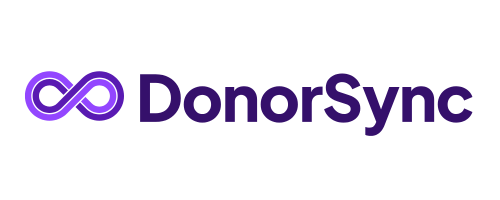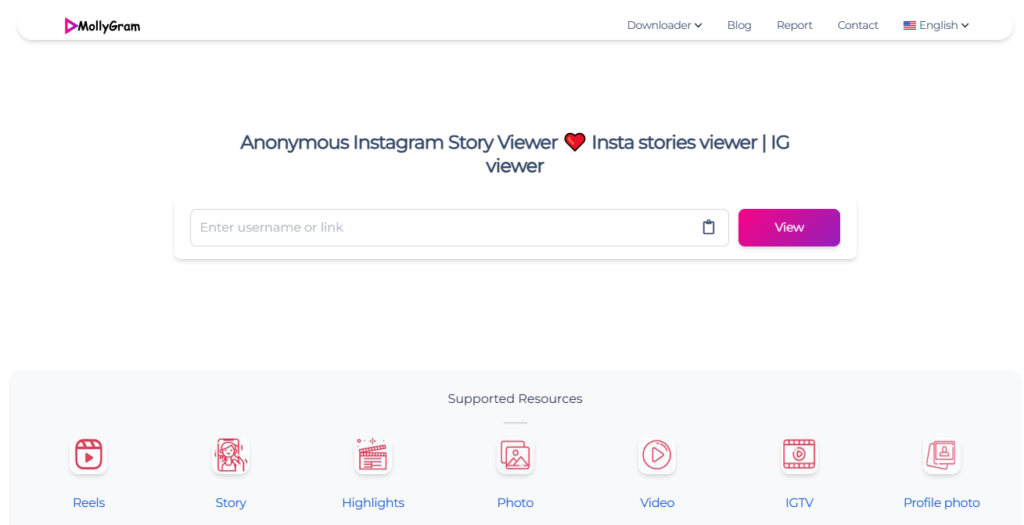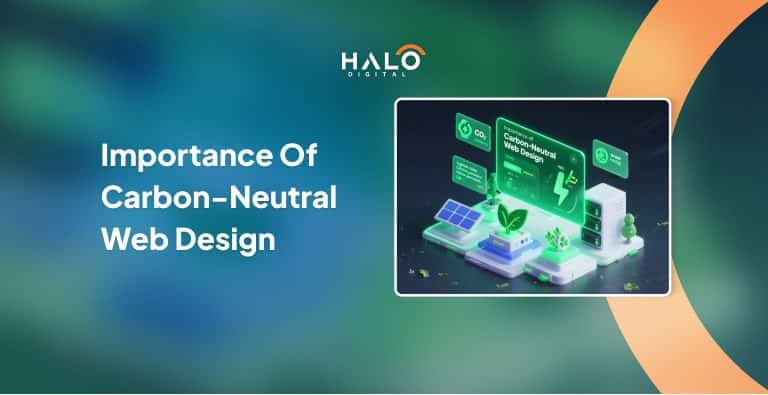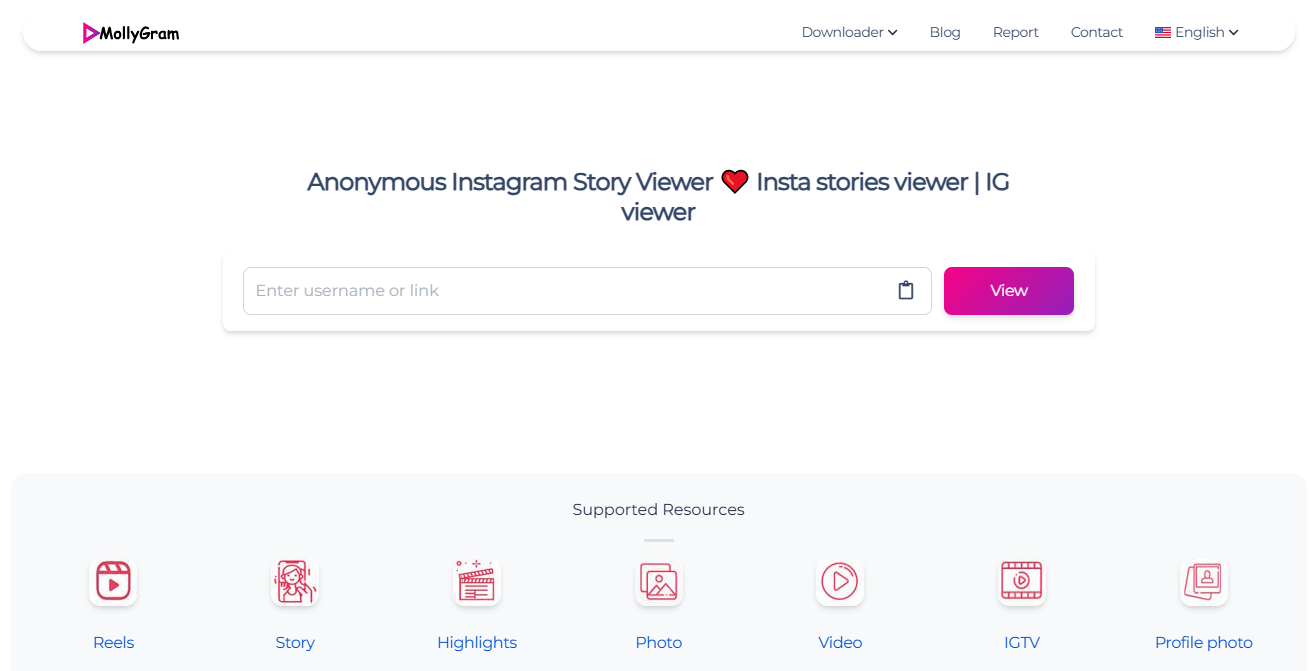Carbon-neutral web design refers to the process of creating as well as maintaining sites that reduce or offset their carbon emissions while minimizing environmental impact.
With the growth of the internet’s footprint, data centers, streaming services, and pages hosted, it’s becoming an important emission source for the world, like the automotive or aviation industries.
Adopting an eco-friendly web design brings numerous advantages, including faster loading times and lower hosting costs, greater credibility, and lower use of energy.
It’s a win-win situation for business users, customers, and the environment.
Through using sustainable web design, you connect your digital presence to the environmental action that customers, as well as employees and investors, anticipate.
What Is Carbon-Neutral Web Design?
The term “carbon neutral web design” is also known as green web design or sustainable web design.
It refers to the practice of creating websites that reduce their environmental impact.
This approach uses energy efficient design techniques and relies on low power, carbon offset hosting.
The ultimate goal is to ensure the website produces net zero carbon emissions by minimizing energy use and offsetting any remaining emissions.
While a single website may appear to be harmless, the effect of millions of HTTP requests as well as database queries and energy-hungry servers adds up to contribute around 2.5 percent of all global carbon emissions.
The ideal low-carbon-footprint website incorporates important features: minimalist designs, optimized assets, energy-efficient code, renewable hosting, and a commitment to continual advancement.
Why Carbon-Neutral Web Design Matters Today
As the digital realm grows, so does the environmental footprint.
Understanding why a carbon-neutral website design is crucial today allows businesses to reduce their carbon footprint, achieve the goals of climate change, and draw in eco-conscious consumers.
One example is how hero marquee web design can be streamlined to prioritize both aesthetics and sustainability.
The Internet’s Hidden Environmental Impact
Each click, scroll, and request adds energy. Data centers consume a lot of electricity, often made from fossil fuels.
This makes it essential to adopt results focused web design that balances user experience with energy efficiency.
This makes websites as smog-laden as traditional industries.
The Importance of Carbon-Neutral Web Design for Climate Goals
Businesses are now committed to net-zero strategies.
Carbon-neutral websites align the digital experience with sustainability objectives, assisting countries to reach their climate targets and positioning companies as responsible players in the fight against climate change.
Growing Demand for Eco-Conscious Digital Products
Businesses and consumers are increasingly choosing companies that take care of the environment.
Accepting eco-friendly web design isn’t just moral; it also leads to greater trust among users, higher SEO rankings, and more competitive differentiation since Google integrates sustainability and performance into the metrics used to rank websites.
Benefits of Sustainable Web Design
The benefits of adopting sustainable web design go beyond creating cleaner, more efficient, and user-friendly websites. Let’s take a look at the major advantages that come from sustainable web design for your company, your customers, and the planet.
Reduces Your Digital Carbon Footprint
Clean sites consume less energy for each visit, which reduces emissions over the course of. Every byte saved is important.
Improves User Experience through Faster Load Times
Lightweight pages load quickly. Users stay engaged; bounce rates decrease. That’s green web design in action.
Branding and CSR Messaging
Promoting a smaller ecological footprint helps strengthen corporate social responsibility initiatives and also strengthens brand integrity.
Improves Mobile Performance and Accessibility
Websites that are efficient perform better on mobile devices, thereby decreasing energy and data consumption, which is essential for accessibility across the globe.
Helps You Stand Out in Competitive Green Markets
Promoting your environmental responsibility will draw similar-minded partners, customers, and media interest.
Attracts Like-Minded Customers, Investors, and Partners
The use of a sustainable web design signals serious environmental responsibility and appeals to investors and partners who align with ESG values.
Core Principles of Eco-Friendly Web Design
For a website to be eco-friendly and efficient, it is essential to adhere to important design principles. These are the basic guidelines for eco-friendly web design that reduce the use of energy while improving the performance of your site and improving the user experience.
Minimalist Design for Maximum Efficiency
Fewer assets and components reduce the weight of pages, energy consumption, and complexity. Minimalism means saving energy.
Lightweight Media and Image Optimization
Compress images, utilize modern formats such as WebP, use responsive sizing, and reduce the bandwidth and load in a sustainable way.
Sustainable UI/UX Decisions
Reduce clicks and simplify flows. Clear navigation speeds up the time it takes to load and also reduces energy consumption.
Green Web Hosting and Renewable Energy Providers
Choose hosting providers powered by wind, solar, and carbon credits. The path to a low-carbon-footprint website begins with a sustainable hosting.
Efficient Front-End Development
Use semantic, clean HTML, CSS, and JavaScript. Minimize and compress. You can also explore practices from opensource frontend development to build lightweight, reusable code that improves sustainability.
Mobile-First Design Strategy
Start small and then scale it up. Mobile-first design ensures that your website doesn’t have unnecessary desktop clutter.
How to Build a Low-Carbon-Footprint Website
Making an environmentally friendly and low-carbon-footprint website does require some effort; however, it’s all worth it.
Step 1: Audit Your Website’s Carbon Emissions
Utilize tools such as websites like Carbon Calculator or Beacon to determine energy consumption as well as page weight and the impact of hosting. This will help you find carbon-intensive pages and set goals to improve.
Step 2: Switch to Sustainable Hosting Solutions
Choose a web hosting provider that uses renewable energy, has carbon offsets, or has green certifications. This is a significant change that will reduce the environmental footprint of your website.
Step 3: Optimize All Media and Scripts
Minimize CSS/JS, compress images, and defer scripts that are not critical. A well-organized media delivery system reduces bandwidth, increases load time, and lowers the amount of power required by users to connect to your site.
Step 4: Eliminate Unused Code and Plugins
Review and eliminate excessive code, scripts from third parties, and plugins that are not used. This will reduce how much space you have on your site and stop unnecessary background processing that can lead to increased power usage.
Step 5: Apply Caching and Lazy Loading
Make sure that your browser cache is enabled, and you can enable lazy load media to reduce the number of server requests.
This decreases the amount of data transferred for users who return and reduces the amount of energy required for rendering every page.
6. Design a Minimalist Design
Reduce sustainable content and UI elements to concentrate on the user’s objectives.
The fewer design elements you have means quicker loading times, lower usage of data, and a lighter environmental footprint of your site.
Step 7: Educate Your Team and Clients on Green Web Design
Encourage sustainable design practices both internally and externally.
If web designers, web developers, and clients agree on eco-conscious goals, a long-term commitment to sustainable practices can be made easier and more effective.
Step 8: Offset Remaining Emissions
After optimizations, determine the residual carbon emissions and then invest in carbon offset programs.
These initiatives can help reduce emissions that you aren’t able to eliminate completely.
Tools & Resources for Eco-Friendly Web Design
Making use of the appropriate tools can help you create a sustainable website that is low in carbon and performs effectively and ethically.
Website Carbon Calculator
Estimate emissions per page by studying energy usage as well as data transfer and the impact of hosting for sustainable insights.
Ecograder
Assess the weight of your page, its performance, and conformity to sustainable web design principles to reduce your environmental footprint.
Green Web Foundation Directory
Discover eco-conscious web hosts that are committed to making use of renewable energy and promoting carbon-neutral digital processes.
Performance & Accessibility Testing Tools
Utilize the Lighthouse WebPageTest A11y, as well as Lighthouse tools, to make sure your website is quick, comprehensive, and energy efficient.
Case Studies: Brands Leading in Sustainable Web Design
These companies that are forward-thinking are showing that green web practices can complement a great customer experience and brand popularity.
Patagonia
Patagonia’s website embraces sustainable web design by using lightweight pages, renewable-powered hosting, and a minimal interface reflecting its environmental mission both online and offline.
Wholegrain Digital
This British-based company is an early adopter of eco-friendly web design. Wholegrain Digital builds low-carbon websites and promotes more sustainable digital practices in the entire industry.
Mozilla
The company behind Firefox has a responsibly designed website that is eco-friendly and energy-efficient.
Mozilla is committed to open source and aligns it with eco-friendly hosting and effective techniques for page performance.
Ecosia
Ecosia’s entire platform revolves around sustainability, planting trees with ad revenue and designing a site that uses minimal energy through efficient coding and green infrastructure.
The Future of Sustainable Web Design
As sustainability is becoming a digital concern The website design future is moving towards more sustainable technologies, smarter automation, and ever-changing global standards.
Regulation and Carbon Reporting in Digital Products
A growing number of regulatory bodies and governments are now enforcing sustainable practices for digital platforms.
Soon, companies will be required to monitor and report on the carbon footprint of their websites in line with ESG commitments.
Rise of “Green UX” in Design Systems
The design systems will develop to incorporate eco-friendly features such as minimalist designs, low-energy themes, and solar-friendly UI options.
These ideas are aligned with UX rules for B2B web applications that focus on clarity, speed, and usability.
The Role of AI in Sustainable Design Automation
AI can play an important part in reducing digital emissions by providing automatic suggestions for layouts that are low impact images, image compression, and performance improvements based on the user’s behavior and data from the environment.
Carbon-Neutral Design Influencing Web Standards
Carbon-aware initiatives could result in new standards for industry, such as efficient coding practices that are energy efficient and carbon tags in HTML or CSS to ensure transparent and responsible web performance.
Conclusion: Prioritizing the Planet in Every Pixel
A major importance of carbon-neutral web design is more than greenwashing. It’s an effective, forward-looking way to protect the environment as well as the longevity of your business.
When you adopt sustainable web design practices, you will see improvements in performance and brand recognition, as well as conformity with the international goals for climate change.
Start your auditing process today, implement simple strategies, and host your site responsibly. Small digital adjustments equal big real-world impacts.
FAQs
What is a carbon-neutral site?
A site where the emission levels are offset with green hosting programs and carbon credits. This ensures zero net carbon emissions.
What are the reasons why eco-friendly web design is important?
It lowers the carbon footprint of digital media, it improves load times and SEO, and it boosts the credibility of brands while also supporting the fight against climate change.
What is the best way to measure the carbon footprint of my website?
Utilize tools such as Website Carbon Calculator or Ecograder to calculate emissions per page and assets.
What are the tools that can be used to ensure sustainable web design?
Website carbon calculators, Ecograder, Lighthouse, WebPageTest, accessibility checkers, and even green hosting directories such as Green Web Foundation.
Does green web design affect SEO or performance?
Yes! Eco-friendly websites load quicker as well as rank higher. They also provide a better user experience. They also boost SEO, decreasing bounce rates.

Abdullah Mangi is an SEO strategist and content writer with 5 years of experience helping businesses grow online. He writes about programming, tech, online business, and practical how-to topics. Abdullah has worked with clients in SaaS, software development, web design, link building, yacht rentals, gardening, car rentals, and recruitment.



























